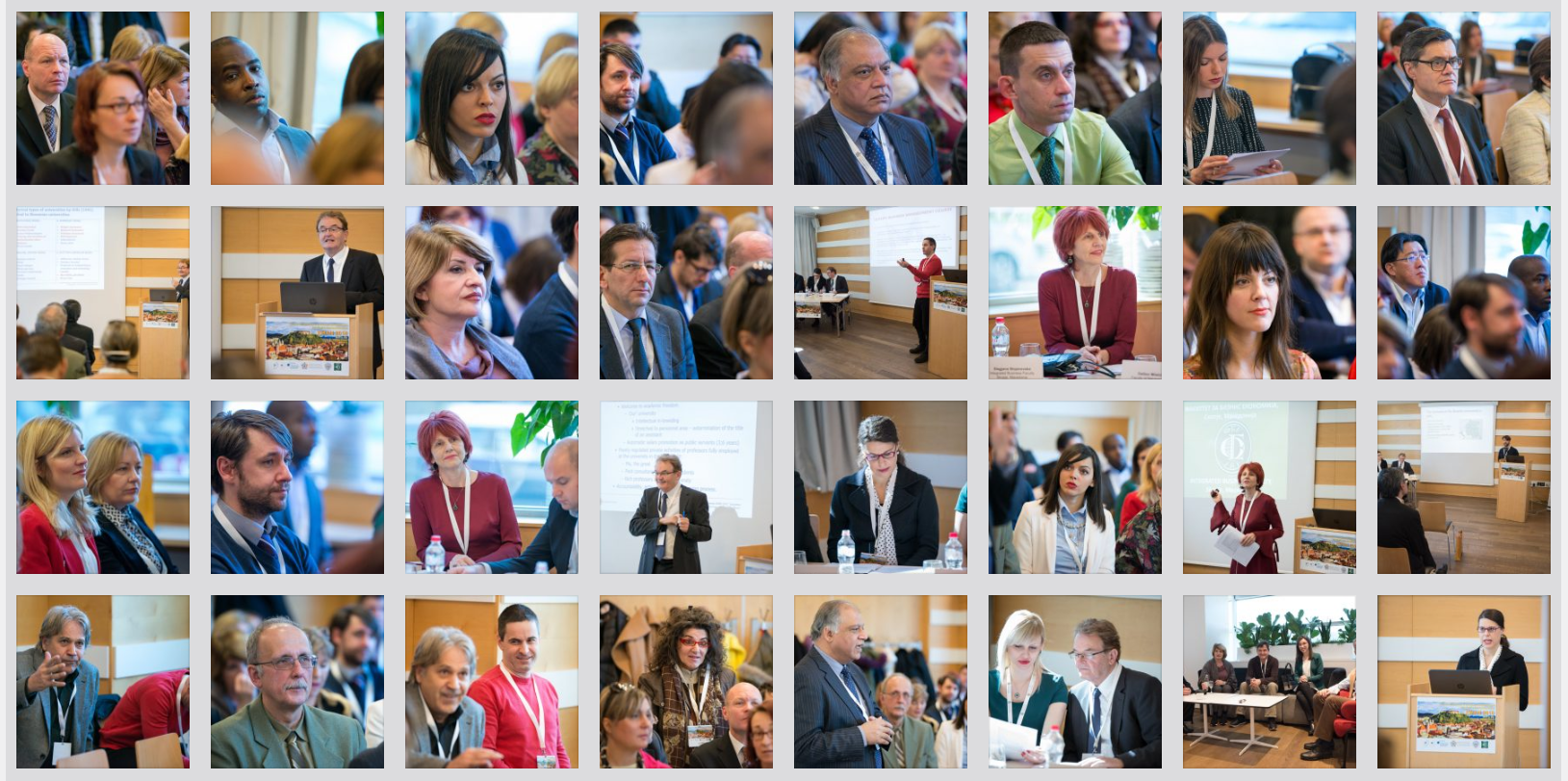Suzana Marković – Faculty of Tourism and Hospitality Management, University of Rijeka, Primorska 46, 51410 Opatija, Croatia
Sanja Raspor Janković – Polytechnic of Rijeka, Trpimirova 2/V, 51000 Rijeka, Croatia
Maja Arslanagić Kalajdžić – University of Sarajevo, Faculty of Economics and Business, Trg oslobođenja – Alija Izetbegović 1, 71000 Sarajevo, Bosnia and Herzegovina
Keywords:
Immersive technology;
Augmented reality;
Virtual reality;
Heritage tourism;
Bibliometric analysis
Abstract: Due to digital growth and the need to discover new ways to communicate, promote, and maintain cultural heritage resources, the use of immersive technology to promote heritage tourism is becoming a more widespread practice. Based on a literature review and bibliometric analysis, this study provides insight into the development of this topic and potential directions for future research. The articles considered in this literature review were selected from the Web of Science (WoS) database and published in journals and conference proceedings in a period time from 2017 to 2022. The results obtained from analysis contribute to a comprehensive understanding of the application of immersive heritage tourism experience. Further studies are needed to track the development of these topics and their future application in the heritage tourism context. Directions for further studies are suggested to address the identified gaps.

Download full paper

7th International Scientific Conference – EMAN 2023 – Economics and Management: How to Cope With Disrupted Times, Ljubljana, Slovenia, March 23, 2023, SELECTED PAPERS, published by: Association of Economists and Managers of the Balkans, Belgrade, Serbia; ISBN 978-86-80194-70-7, ISSN 2683-4510, DOI: https://doi.org/10.31410/EMAN.S.P.2023
Creative Commons Non Commercial CC BY-NC: This article is distributed under the terms of the Creative Commons Attribution-Non-Commercial 4.0 License (https://creativecommons.org/licenses/by-nc/4.0/) which permits non-commercial use, reproduction and distribution of the work without further permission.
REFERENCES
Aria, M., & Cuccurullo, C. (2017). Bibliometrix: An R-tool for comprehensive science mapping analysis. Journal of Informetrics, 11(4), 959-975. https://doi.org/10.1016/j.joi.2017.08.007
Bae, S., Jung, T. H., Moorhouse, N., Suh, M., & Kwon, O. (2020). The Influence of Mixed Reality on Satisfaction and Brand Loyalty in Cultural Heritage Attractions: A Brand Equity Perspective. Sustainability, 12(7), 29-56. https://doi.org/10.3390/su12072956
Baker, H. K., Kumar, S., Goyal, K., & Sharma, A. (2021). International review of financial analysis: A retrospective evaluation between 1992 and 2020. International Review of Financial Analysis, 78, 101946. https://doi.org/10.1016/j.irfa.2021.101946
Baumeister, R. F., & Leary, M. R. (1997). Writing Narrative Literature Reviews. Review of General Psychology, 1(3), 311-320. https://doi.org/10.1037/1089-2680.1.3.311
Bec, A., Moyle, B., Timms, K., Schaffer, V., Skavronskaya, L., & Little, C. (2019). Management of immersive heritage tourism experiences: A conceptual model. Tourism Management, 72, 117-120. https://doi.org/10.1016/j.tourman.2018.10.033
Castagnetti, C., Giannini, M., & Rivola, R. (2017). Image-based virtual tours and 3D modelling of past and current ages for the enhancement of archaeological parks: the Visualversilia 3D project. The International Archives of the Photogrammetry, Remote Sensing and Spatial Information Sciences, XLII-5/W1, 639-645. https://doi.org/10.5194/isprs-archives-xlii-5-w1-639-2017
Chen, C. (2006). CiteSpace II: Detecting and visualizing emerging trends and transient patterns in scientific literature. Journal of the American Society for Information Science and Technology, 57(3), 359-377. https://doi.org/10.1002/asi.20317
Ellegaard, O. (2018). The application of bibliometric analysis: disciplinary and user aspects. Scientometrics,116(1), 181-202. https://doi.org/10.1007/S11192-018-2765-Z
Gonzales-Rodriguez, M. R., Fernandez, D., & Pino-Melias, M. A. (2020). The impact of virtual reality technology on tourists ‘experience: a textual data analysis, Soft Computing, 24(18), 13879-13892
Grant, M. J., & Booth, A. (2009). A typology of reviews: an analysis of 14 review types and associated methodologies. Health Information & Libraries Journal, 26(2), 91-108. https://doi.org/10.1111/j.1471-1842.2009.00848.x
Guttentag, D. A. (2010). Virtual reality: Applications and implications for tourism. Tourism Management, 31(5), 637-651. https://doi.org/10.1016/j.tourman.2009.07.003
Law, R., Leung, D., & Cheung, C. (2012). A Systematic Review, Analysis, and Evaluation of Research Articles in the Cornell Hospitality Quarterly. Cornell Hospitality Quarterly, 53(4), 365-381. https://doi.org/10.1177/1938965512457458
Lawani, S. M. (1981). Bibliometrics: Its Theoretical Foundations, Methods and Applications. Libri, 31(1). https://doi.org/10.1515/libr.1981.31.1.294
Lowenthal, D. (2015). The Past is a Foreign Country – Revisited. https://doi.org/10.1017/cbo9781139024884
Martínez-Gómez, A. (2015). Bibliometrics as a tool to map uncharted territory: A study on non-professional interpreting. Perspectives, 23(2), 205-222. https://doi.org/10.1080/0907676x.2015.1010550
Persson, O., Danell, R., & Schneider, J. W. (2009). How to use Bibexcel for various types of bibliometric analysis. Celebrating scholarly communication studies: A Festschrift for Olle Persson at his 60th Birthday, 5, 9-24.
Pritchard, A. (1969). Statistical Bibliography or Bibliometrics. Journal of Documentation, 25, 348-349.
Rahaman, H. (2018). Digital heritage interpretation: a conceptual framework. Digital Creativity, 29(2-3), 208-234. https://doi.org/10.1080/14626268.2018.1511602
Snyder, H. (2019). Literature review as a research methodology: An overview and guidelines. Journal of Business Research, 104, 333-339. https://doi.org/10.1016/j.jbusres.2019.07.039
Trunfio, M., Jung, T., & Campana, S. (2022). Mixed reality experiences in museums: Exploring the impact of functional elements of the devices on visitors’ immersive experiences and post-experience behaviours. Information & Management, 59(8), 103698. https://doi.org/10.1016/j.im.2022.103698
van Eck, N. J., & Waltman, L. (2010). Software survey: VOSviewer, a computer program for bibliometric mapping. Scientometrics, 84(2), 523-538. https://doi.org/10.1007/s11192-009-0146-3

